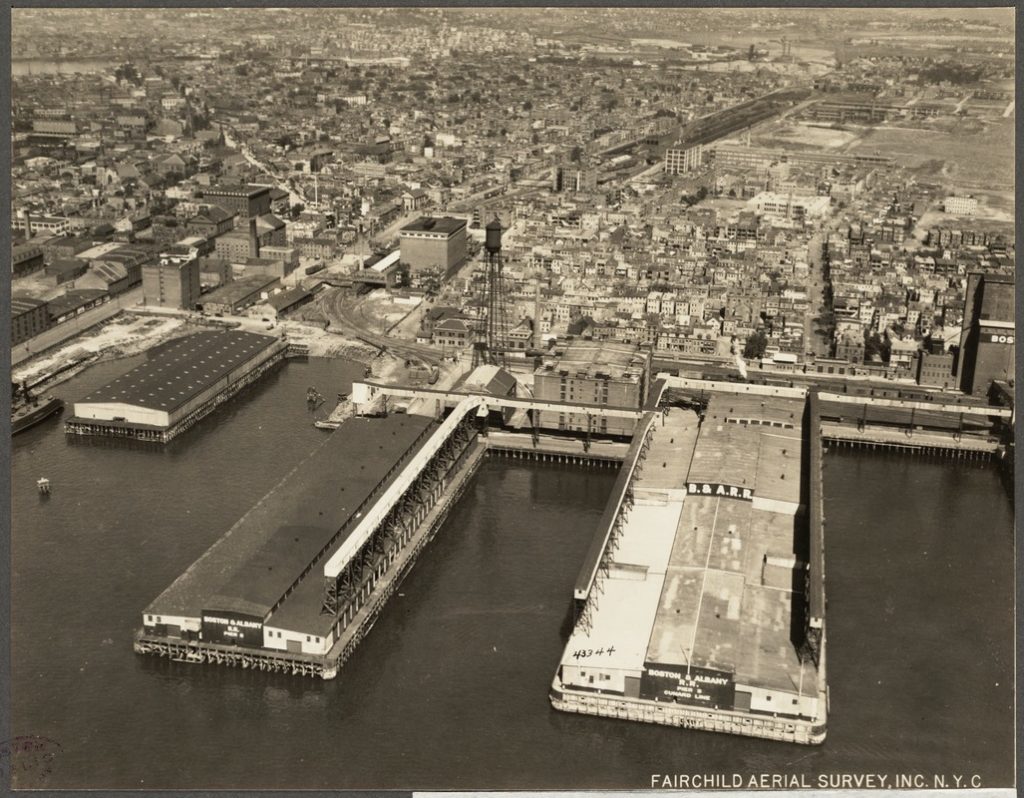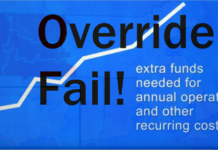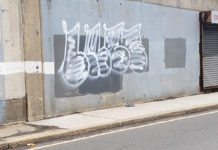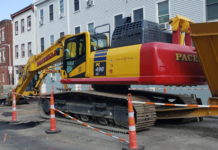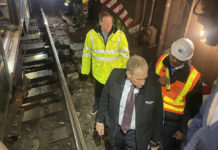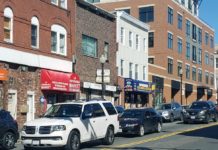by MATTHEW M. ROBARE
SPECIAL TO EASTBOSTON.COM
As much of the United States and Europe slowly emerged from lockdown last year, urban planners and politicians turned to a new concept, the 15-minute city.
During the early days of the pandemic, many cities, Boston included, shut down public transit systems and encouraged people to work from home. Several streets were temporarily “pedestrianized.” This also allowed restaurants to replace on-street parking spaces with seating and tables for diners.
The 15-minute city is based on the idea that neighborhoods should be compact enough that most things are within a 15-minute walk, which is about a half-mile. That means post offices, banks, grocery stores, branch libraries and other places people would like to congregate.
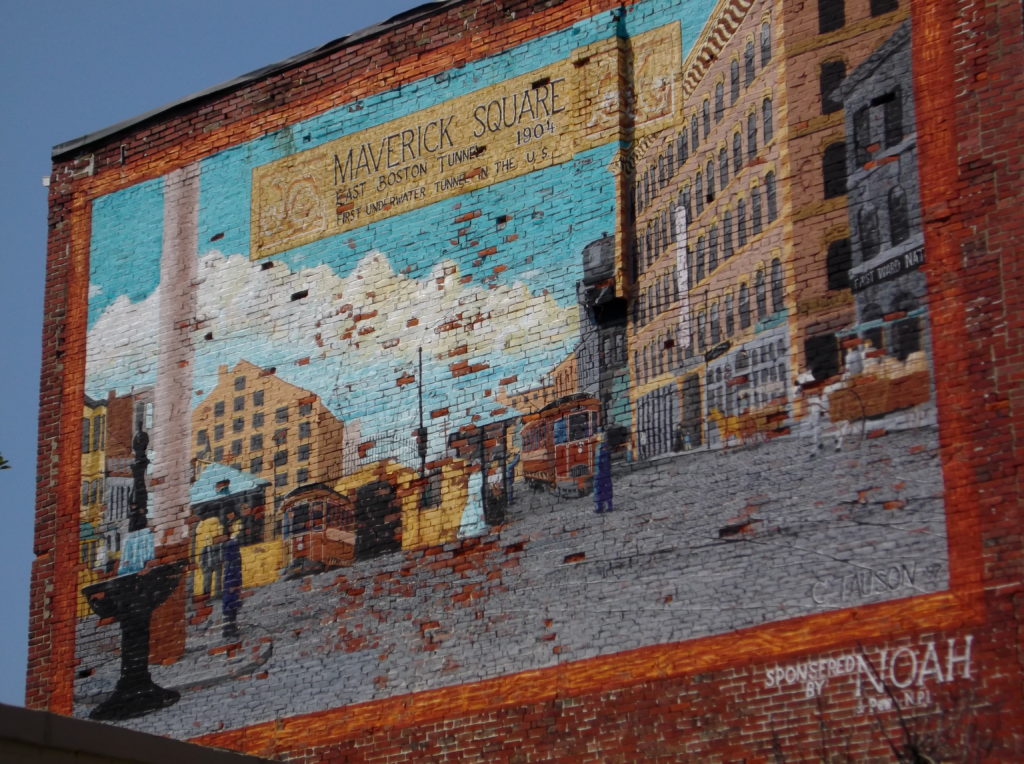
Last month, The Boston Foundation and its Boston Indicators unit published their take on the project, “15 Minute Neighborhoods: Repairing Regional Harms and Building Vibrant Neighborhoods for All” in collaboration with the Massachusetts Housing Partnership.
The report is a guide on how Massachusetts cities and towns can turn their neighborhoods into 15- minute neighborhoods and identifies the obstacles in the way.?
“Greater Boston has real potential to turn the vision of 15-minute neighborhoods into reality. Our region is already dotted with downtowns that are fairly walkable and have some measure of small business development. With the pandemic and increases in remote work, demand for living in many suburban downtowns has increased,” the report states.
“Connected by the MBTA’s rapid transit, bus and commuter rail networks, the constellation of cities and towns outside of Boston is poised to support vibrant, mixed-use neighborhoods that are less car-dependent and more locally focused.”
Developing 15-minute neighborhoods will not be easy or quick. It will require changing public opinion and the reversal of many car-oriented policies, like mandatory minimum parking requirements. It will also require abandoning restrictive not-in-my-backyard (or NIMBY) attitudes. This won’t be easy. For example, as the report notes, a new state law requires every town served by the MBTA to designate an area for multifamily development. Given the history of local zoning battles, expanding housing isn’t a sure thing.
Rethinking streets is the first recommendation made by the foundation. Instead of safety or increased foot traffic, streets tend to be designed to maximize vehicle throughput. A good argument can be made that a street with a busway and protected bike lanes can carry far more people than that same street dedicated to just cars. The report recommends “road diets” to not only create space for public transit and bikes, but also to expand sidewalks to encourage walking and outdoor dining.
To thrive and get people out of their cars, 15-minute neighborhoods also need a variety of commercial spaces. The report notes that many cities and towns in Greater Boston continue to separate commercial from residential uses, keeping them car-oriented.
A third ingredient of a 15-minute neighborhood is to allow many different types of residential development. From single family homes to duplexes, triple-deckers and apartment buildings, including apartments with commercial spaces on the ground floor. Having a both owner-occupied and rental units is also part of the mix.
Fourth, 15-minute neighborhoods need good social infrastructure, sometimes called “third spaces” where people gather. They include parks, libraries, houses of worship and so on. These places not only frequently provide key services for people, but help build community bonds between residents.
Lastly, the report said that neighborhoods need to have diverse populations and that well-integrated neighborhoods must also equitably distribute power and resources among residents.”
To promote the creation of these ingredients, the report included several policy recommendations, including allowing mixed-use, multi-family development by right near transit; indexing the gas tax to inflation, increasing parking fees to reflect actual costs and invest in regional rail and improved bus service.
The report also included a number of recommendations specifically targeted to help the poor and minorities, like increasing access to small business loans, building more public housing, expanding housing voucher programs and bringing back rent control or stabilization, as well as more general interventions like community land trusts, taxing property sales and creating property tax exemptions to make it more progressive.
There is also a section on how to make planning more representative and inclusive – although at the same time, the report says some planning functions need to be done at a regional and state level, like loosening zoning regulations to build apartments to reduce parking minimums, while street safety and fixing potholes should be run by the community.
Overall, the 15-minute neighborhood report raises many interesting ideas for the future of the region and how many more neighborhoods could become lively centers of arts, businesses and homes.
One area it falls short is explaining why these investments and changes should be made. It focuses on what changes to make and, through a section containing several short case studies, how to make them. But for a busy town manager or town meeting member who isn’t deep into policy, there’s not a lot to convince them to implement the changes and convince their neighbors unless they are especially concerned with diversity and inclusion or climate change. But yard signs seem to be the limit of many people’s interest in those issues.
Discussions of climate change and racial or economic equity are frequent in Massachusetts politics,
but there’s a more visceral reason for wanting 15-minute neighborhoods: they’re often fun places to be. Moreover, foot and bike traffic correlate with increased sales in brick-and-mortar stores. With 15-minute neighborhoods, the value of commercial property increases, translating into more commercial and industrial property tax revenues which lightens the burden on residential property taxpayers.
Whether moved by profit or the drive to address inequity, 15-minute neighborhoods have something for everyone.
Matthew M. Robare is a freelance writer in Brighton. Follow him on Twitter @MattRobare. You can read more of his work at www.mattrobarewrites.com.
Eastboston.com established 1995. Read EAST BOSTON News; updated daily
